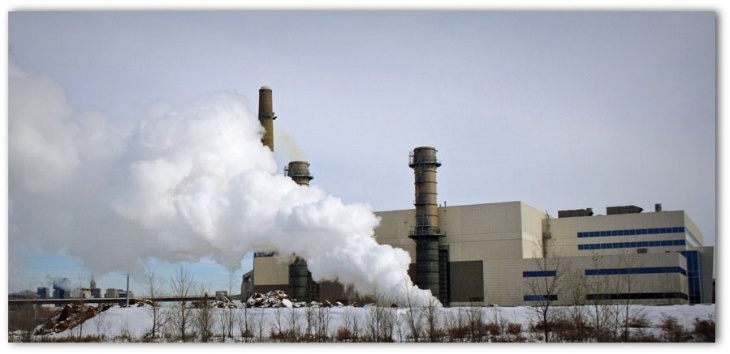
Step-by-step, Virginia is moving closer to establishing a carbon trading market. That’s good news for advanced energy and the Commonwealth’s economy.
Earlier this month, Virginia’s Department of Environmental Quality (DEQ) wrapped up a public comment period on its proposed CO2 Budget Trading Program. Under this regulation, fossil-fired generators with a capacity equal to or greater than 25 megawatts (MW) would be issued permits and required to meet mitigation targets, either through reducing emissions or procuring additional permits. This regulation will help make Virginia’s energy more secure, clean, and affordable while reducing emissions and bolstering the state’s economy – central goals of Virginia AEE.
In public comments filed April 9, Virginia AEE expressed support for the draft rule. To demonstrate how the Commonwealth could grow its economy while shrinking emissions, we used the State Tool for Electricity Emission Reductions (STEER). STEER allows users to identify the most cost-effective way for Virginia to cut emissions with analysis akin to that used by utilities and grid planners.
Through this analysis we found that by employing a combination of advanced energy technologies — including renewable generation and end-user energy efficiency (EE) — Virginia could surpass its emission reduction targets while maintaining, or even reducing, electricity rates.
Furthermore, our analysis found that such an approach would create over 30,000 jobs for Virginians, bring billions of dollars in new investments to the state, and generate tens, if not hundreds, of millions in additional state and local tax revenue.
Such benefits would be spread far and wide: Virginia residents would see their electricity rates fall; small businesses could see bills shrink as efficiency investments helped them save money; rural communities would gain from new investment and tax dollars thanks to the growth of wind and solar; and workers – from construction laborers to HVAC installers to turbine technicians – would gain opportunities for new, family-sustaining advanced energy jobs.
Our analysis indicates that, using a full suite of advanced energy technologies; Virginia will far surpass its carbon goals under this rule while growing its economy. So we recommend that the Commonwealth start from a lower baseline — DEQ offered a choice of two 2020 starting baselines — and take a more aggressive tack when it comes to year-over-year emission reductions. Such changes will help to ensure Virginia’s carbon market is robust and predictable, incentivizing new advanced energy investments.
That’s particularly true in energy efficiency, where Virginia has significant untapped potential. DEQ would encourage investment in EE by setting aside 5% of carbon market proceeds for the Department of Mines, Minerals and Energy (DMME), which already operates efficiency programs.
Why stop there? We recommend that the set-aside be doubled, to 10%. Failing to do so likely means leaving cost-effective efficiency savings on the table. We also suggest that the Commonwealth use the National Energy Efficiency Registry (NEER) to administer and evaluate EE programs, ensuring energy savings are accurately and consistently measured.
The proposed rule is an important milestone on Virginia’s path toward an advanced energy economy. The Commonwealth’s journey along that road, however, is far from finished.
In the months ahead, DEQ will carefully consider the comments provided by Virginia AEE and other stakeholders. Gov. Northam has indicated he would like to see it in place by the end of 2018. From there, Virginia’s electricity producers would work to develop implementation plans, in order for when the rule goes into effect in 2020.
DEQ has designed the rule so that it could integrate with regional carbon markets, but the Virginia General Assembly would have to approve that step. To date, legislation facilitating Virginia’s integration into regional markets has fallen short of the majority needed for passage.
Virginia AEE will continue to engage with regulators, lawmakers, and the Northam Administration, making the economic case for a carbon trading market, as well as continuing progress on a number of other fronts. Together, we can build an advanced energy economy in Virginia, with lower emissions and more economic growth.
Photo by Teresa Boardman, used under a Creative Commons license.
Keep tabs on the latest developments in Virginia on the Virginia AEE website. AEE members can also get engaged by selecting Virginia as a market interest in the member portal by clicking below.
